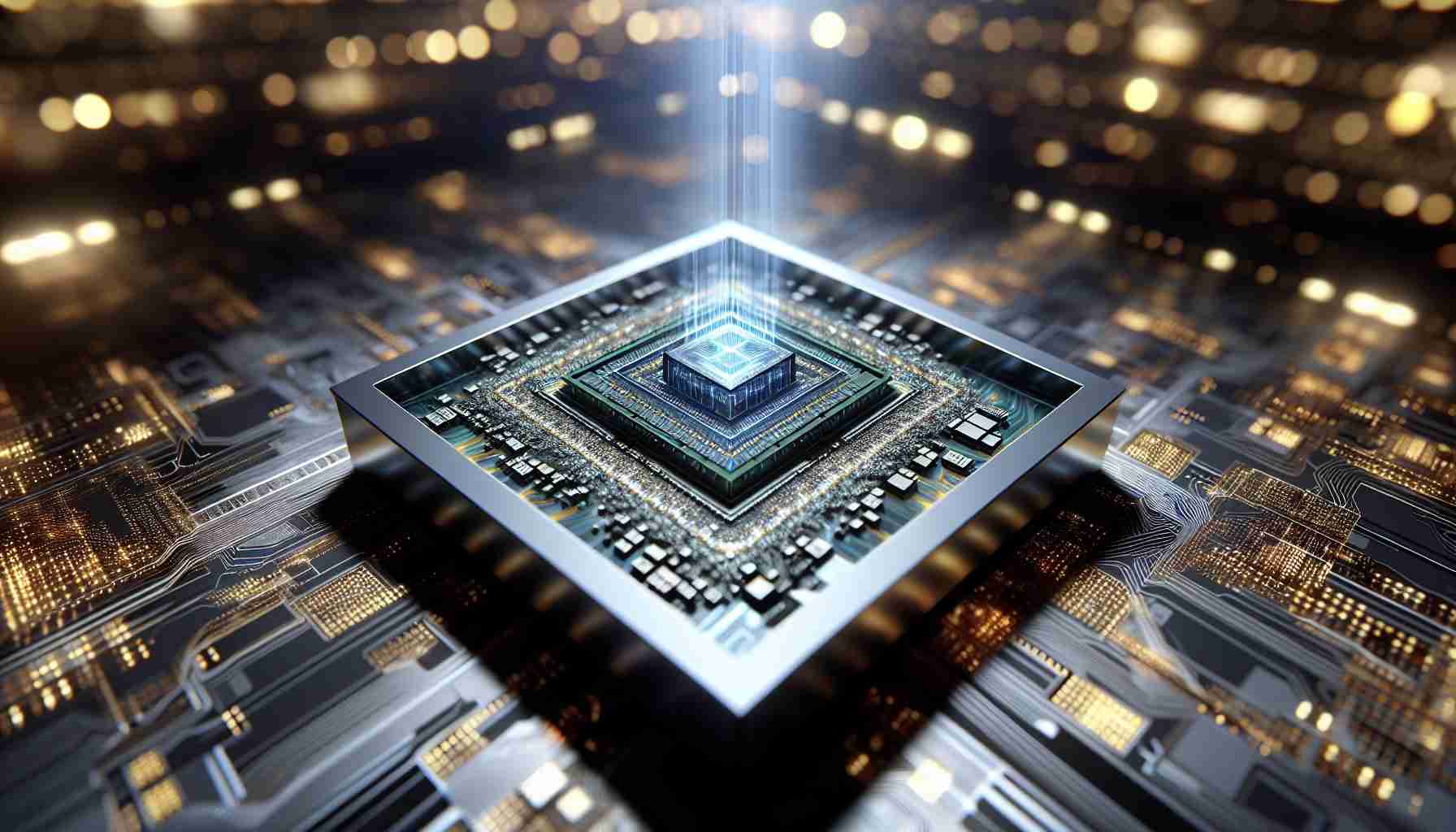Chinese scientists have made a significant leap in the artificial intelligence (AI) field with the creation of a revolutionary optical AI chip, coined Taichi. Foregoing traditional electronic semiconductor components, this new design paves the way for large-scale photonic computing with vast implications for AI applications in real-world scenarios.
AI’s rapid evolution demands more energy-efficient computing solutions. Optical smart computing, embodied by Taichi, emerges with the promise to fulfill these needs with exceptional processing speeds and heightened energy use efficiencies—qualities that are expected to tackle the AI challenges of computational power and energy consumption effectively.
Unlike current optical computing, which deals with simple AI tasks on a small scale, Taichi boasts the ability to handle advanced AI tasks through its high capacity for computation and energy efficiency. Developed by researchers at Tsinghua University, Taichi leverages a “wider” approach in throughput and scalability, meaning it performs large-scale parallel calculations.
With its ability to handle complex classification tasks, including datasets like ImageNet with 100 categories and Omniglot with 1,623 categories, Taichi showcases formidable accuracy. It also excels at high-precision tasks such as composing music and generating artwork.
What sets Taichi apart is its energy performance—achieving 160 tera operations per second per watt, significantly surpassing current integrated optical circuits and traditional AI chips in energy efficiency.
Fang Lu, an expert from Tsinghua University, shared excitement for Taichi’s potential to accelerate the development of stronger photonic solutions. This includes key support for foundational models, heralding a new dawn in the AI generation where creativity and efficiency go hand in hand.
The breakthrough of the Taichi optical AI chip marks a noteworthy advance in the AI industry, and its repercussions are poised to ripple across various sectors—from data centers and cloud computing to autonomous vehicles and more.
Current Market Trends:
The global AI chip market is currently witnessing robust growth. The push for innovation stems from the need to process vast amounts of data swiftly while conserving energy. Companies like NVIDIA, Intel, and Google are fiercely competitive in developing new AI chip technologies. Traditional electronic chips are reaching physical limitations, and hence new paradigms such as optical computing are gaining traction. The introduction of the Taichi chip resonates with these trends, as it presents an alternate solution that could revolutionize how computing is performed.
Forecasts:
Looking forward, the AI chip industry is expected to continue its expansion, with the optical AI chip sector potentially leading significant breakthroughs and market share due to its advantages in speed and power efficiency. By 2025 and beyond, photonic computing could become more mainstream as challenges such as integration and manufacturing scalabilities are overcome.
Key Challenges or Controversies:
One of the principal challenges facing optical AI chips like Taichi includes the transition from laboratory research to mass-market production. Scaling up the technology while maintaining efficiency levels will be a critical hurdle. Furthermore, the AI field is scrutinized concerning ethical issues, such as job displacement due to automation and biases embedded within AI systems. Innovations like Taichi must navigate these concerns in deployment.
Most Important Questions:
1. How will the Taichi optical AI chip integrate with current electronic systems?
2. What are the scalability prospects for Taichi in mass production?
3. What could be the potential environmental impact of applying this technology on a global scale?
4. How will it influence the global competitive landscape of AI chip manufacturing?
Advantages and Disadvantages:
Advantages of the Taichi optical AI chip include significantly increased energy efficiency and processing speed, reduced heat production, and potential savings in operational costs due to lower energy consumption. However, disadvantages may involve the initial high cost of research and development and potential difficulties in integrating with existing digital infrastructure, possibly necessitating new designs for other hardware components.
Furthermore, while the energy efficiency of Taichi is a huge advantage, there may be matters concerning the transparency of AI decision-making processes, given their increased complexity, and questions about the maintenance and durability of photonic components compared to electronic ones.
For further information on the topic, here are related reputable links to explore:
– Nature for scientific publications on the latest AI chip developments.
– Tsinghua University where breakthroughs such as Taichi can originate.
– Intel for their work in AI chip technology.
– NVIDIA given their advances in GPU technology for AI.
The introduction of the Taichi optical AI chip thus represents not just a technological leap but also a pivotal moment for the AI chip industry, bearing the promise of reshaping the computing landscape and arising as a foundational element for future AI applications.
The source of the article is from the blog newyorkpostgazette.com

